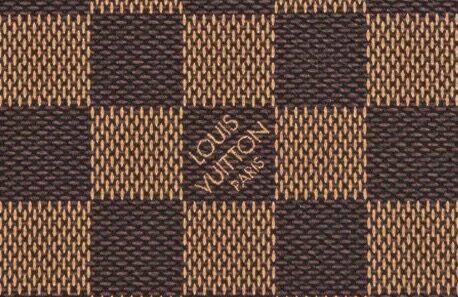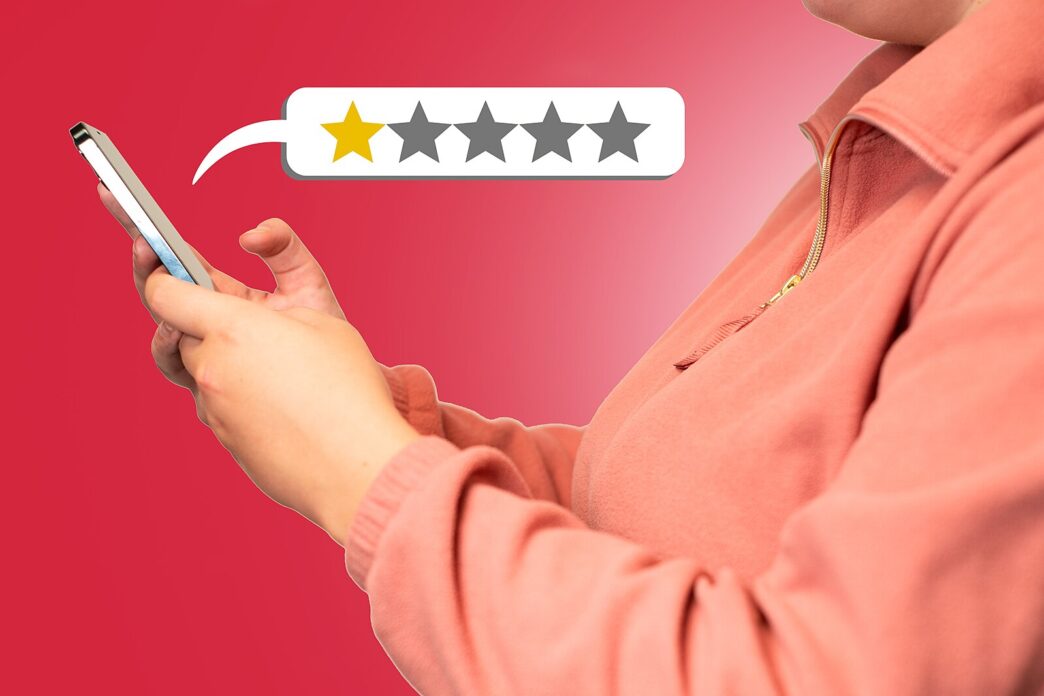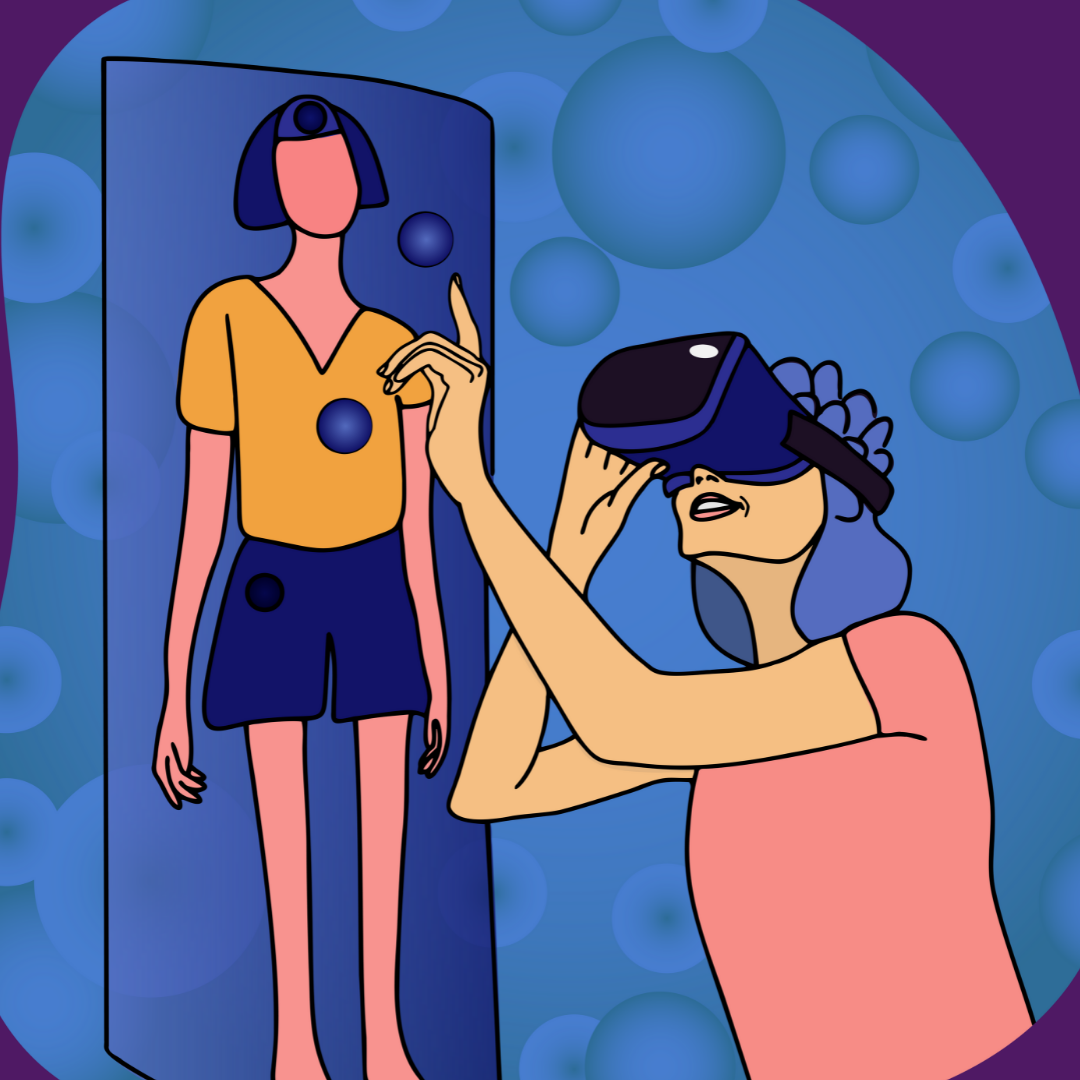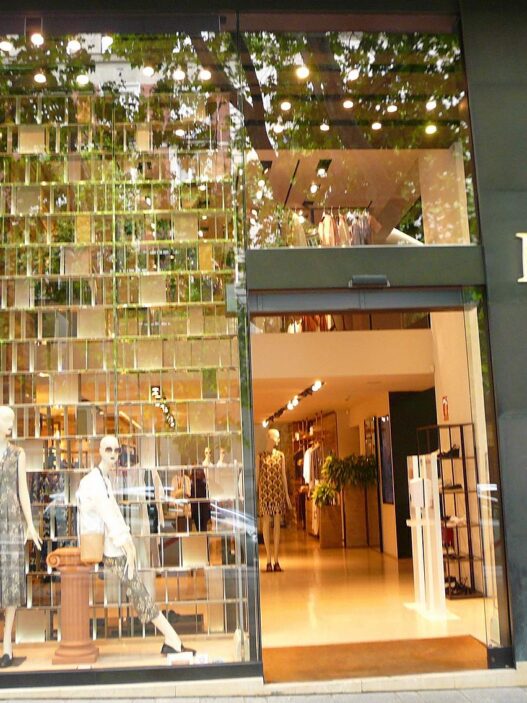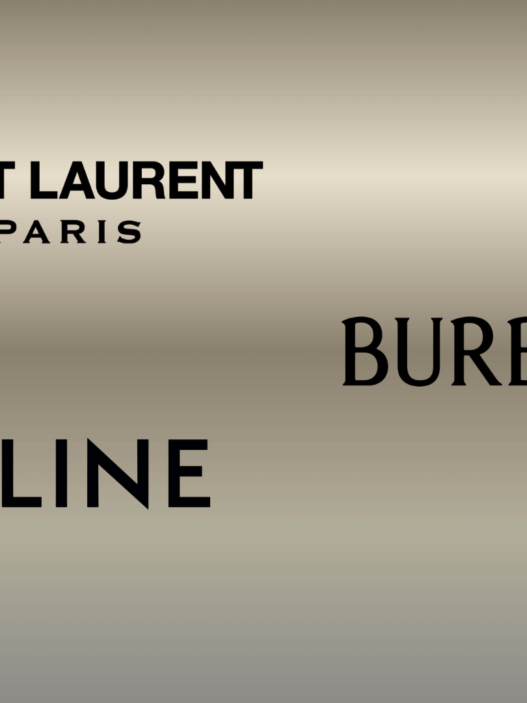The world of online influence is constantly shifting. We’ve gone from blindly trusting glossy ads and sponsored posts to a growing demand for honesty. Enter “deinfluencing,” the trend where content creators actively discourage followers from buying certain products. But what happens when these critical reviews cross the line? Who’s responsible if a deinfluencing campaign damages a brand’s reputation or bottom line? Let’s explore the legal landscape surrounding this burgeoning trend.
The Rise of Deinfluencing: A New Marketing Trend
For years, influencer marketing was all about pushing products. Now, a counter-movement is gaining traction. Deinfluencing, at its core, is about promoting mindful consumption. Creators highlight overpriced items, question marketing hype, and suggest cheaper, better alternatives. Think of it as Marie Kondo meets consumer advocacy on TikTok and Instagram.
Recent studies show a growing distrust of traditional advertising, particularly among younger generations. Gen Z, in particular, values authenticity and transparency, making them prime consumers of de-influencing content. This shift presents both opportunities and challenges for brands. While some companies are scrambling to maintain their image, others are adapting by showcasing genuine value and addressing consumer concerns head-on.
Understanding Deinfluencing Legal Risks and Liabilities
Deinfluencing isn’t just about sharing opinions; it can have serious legal consequences. The primary risk lies in the potential for defamation. If an influencer makes false or misleading statements about a product that damages the brand’s reputation, they could face a lawsuit.
Consider a beauty influencer who claims a certain skincare cream contains harmful chemicals without a factual basis. If that claim leads to a significant drop in sales and demonstrable harm to the brand, they could be liable for damages.
Another potential issue is the violation of advertising standards. Even though deinfluencing is often framed as independent critique, it can still be subject to advertising regulations, particularly if there’s a hidden financial relationship. For example, if a creator secretly receives compensation from a competitor while criticising another brand’s product, they could face action from regulatory bodies.
It’s important to remember that legal definitions of defamation and advertising vary significantly across international borders. What is acceptable commentary in the UK might be considered illegal disparagement in France or Germany, making it crucial for influencers to understand the rules of each market they’re targeting.
Contractual Obligations in Deinfluencing Campaigns: Avoiding Breaches
Brands are increasingly working with influencers on paid campaigns. These agreements outline expectations, including what the influencer can and cannot say. If an influencer agrees to promote a product but later posts a deinfluencing video, they’re likely in breach of contract.
Contracts often include clauses regarding negative reviews, requiring influencers to provide constructive feedback directly to the brand before posting publicly. Failing to do so could result in financial penalties or legal action. Moreover, non-disparagement clauses are common, prohibiting influencers from making negative statements about the brand or its products, even after the campaign concludes.
For example, imagine a food blogger contracted to promote a new line of ready meals. If they then publish a blog post calling the meals “bland” and “unhealthy,” they would almost certainly be in breach of their contract.
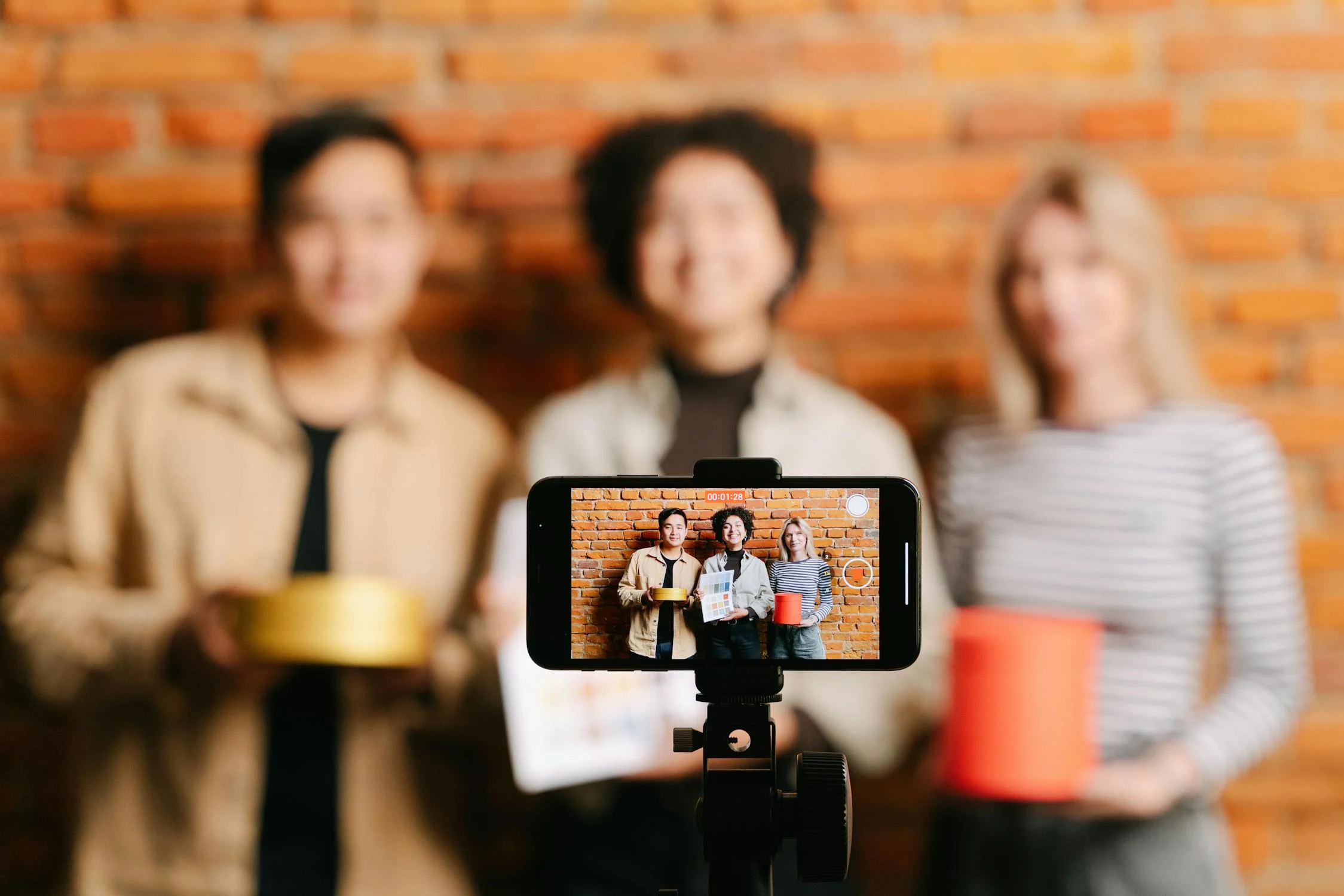
Who Pays When It Goes Wrong? Assessing Legal Liability Deinfluencing
Determining liability in a deinfluencing controversy can be complex. Several parties may be involved, including the influencer, their agency (if applicable), and potentially even the platform where the content was published.
Generally, the person who made the defamatory statement (the influencer) is primarily responsible. However, if an agency instructed or encouraged the defamatory behaviour, they could also be held liable. Social media platforms usually benefit from legal protection under safe harbour provisions, but they may face legal action if they fail to remove defamatory content after being notified.
Brands that suffer from negative reviews may also be responsible if they promoted the product through false advertising in the first place. If a product isn’t as safe or effective as a brand claims, negative reviews highlighting these shortcomings might be considered justified, and the brand may face legal challenges from consumers.
Navigating the Legal Cost of Deinfluencing: Insurance and Indemnification
The potential legal cost of deinfluencing can be substantial. Legal fees, damages, and reputational repair expenses can quickly add up. That’s why both brands and influencers should consider insurance and indemnification clauses.
Influencer insurance is increasingly common, covering legal expenses related to defamation, copyright infringement, and other potential liabilities. Brands often include indemnification clauses in their contracts, requiring influencers to cover the brand’s legal costs if they breach the agreement or engage in harmful behaviour.
However, indemnification clauses are not a guaranteed safety net. Courts may refuse to enforce them if the brand was also negligent or contributed to the problem. For instance, if the product was inherently defective, the brand cannot simply pass all liability onto the influencer who pointed out the flaw.
Defences and Mitigation Strategies in Deinfluencing Legal Claims
Deinfluencers facing legal action have several potential defences. The most important thing is the truth. If the statements made are factually accurate, it’s difficult to prove defamation. Opinion, as long as it’s clearly expressed as such and not based on false facts, is also generally protected.
Parody and satire also enjoy significant legal protection, particularly in the realm of reviews. A humorous or exaggerated critique is less likely to be considered defamatory, provided it’s clear that the intention is comedic rather than malicious.
Another crucial element is intent. Defamation requires demonstrating that the influencer acted with malice or reckless disregard for the truth. If the influencer genuinely believed their statements were accurate, it may be harder to prove defamation.
Brands also have mitigation strategies. A swift and transparent response to criticism can often defuse the situation. This might involve addressing the concerns raised, offering refunds, or even reformulating the product. A great example is Lush Cosmetics, which responded to influencer criticism by taking on board feedback and overhauling its sustainability policies, earning back trust with consumers.

Preventing Deinfluencing Disasters: Best Practices for Brands and Influencers
The best way to avoid influencer-related legal battles is to prevent them from happening in the first place. Brands should focus on transparency and authenticity in their marketing. Avoid making exaggerated claims and be upfront about potential limitations. Engage with critics constructively and be willing to address valid concerns.
Influencers should prioritise accuracy and fairness in their reviews. Back up claims with evidence and avoid making personal attacks. Disclose any financial relationships clearly and avoid engaging in undisclosed competitive activities. Also, the ethical implications of deinfluencing should be considered. While honest critique is valuable, deliberately trying to damage a brand’s reputation without justification can be harmful and counterproductive.
The rise of de-influencing is a sign that consumers are demanding more from brands and influencers. By understanding the legal risks and embracing transparency, both can successfully navigate this evolving landscape.







